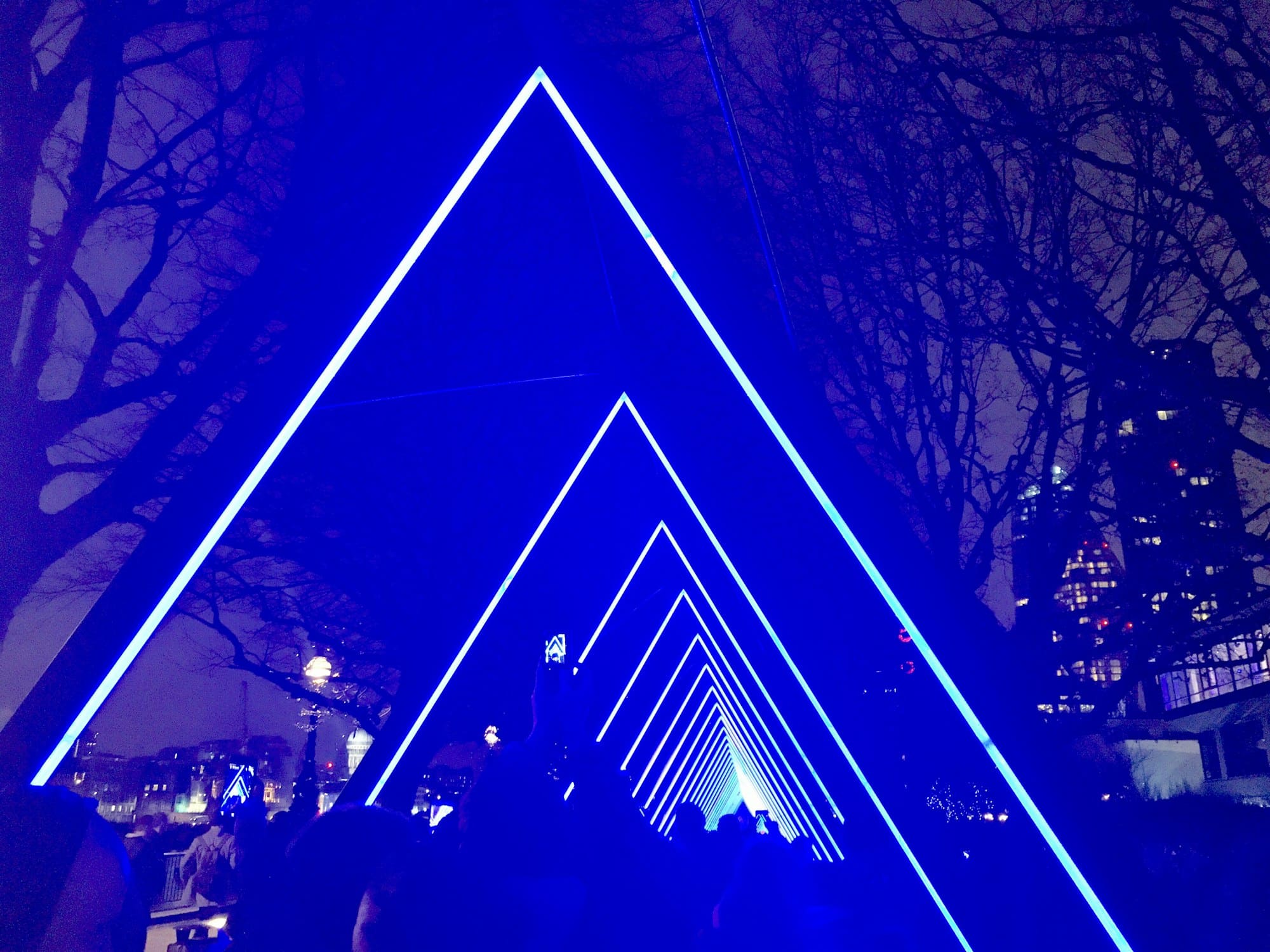The winter months often bring shorter daylight hours, impacting mental health, mood, and productivity of workers in office environments. With natural light exposure becoming scarce, the question arises: Can enhancing indoor lighting improve mood and productivity during this time? Let’s delve into the correlation between light, sleep, and overall health – particularly how it pertains to the workplace.
The Impact of Light on Human Health
Understanding the connection between light and human health is critical. The human body uses light as a signal for various physiological and psychological processes. One of these processes is the regulation of our circadian rhythms, which manage our sleep-wake cycles and consequently our mood and level of alertness.
Sujet a lire : Discover the best online pharmacy options in the uk
Light exposure, particularly to blue light, can have several effects on our bodies. During the day, exposure to natural light helps us feel more alert and awake, while limited light exposure can lead to feelings of fatigue. Moreover, a lack of light can lead to a lack of vitamin D, which is essential for our overall well-being.
In the winter months, when daylight hours are reduced, workers in office environments are particularly vulnerable to these effects. Often, office lighting is not optimal and can strain the eyes, leading to fatigue. Enhanced indoor lighting, therefore, can play a significant role in mitigating these effects.
A découvrir également : How Can Mindful Eating Practices Aid in the Treatment of Binge Eating Disorder?
Lighting and Mood
Light has a profound impact on mood. Exposure to natural light throughout the day can help reduce symptoms of depression and anxiety, improve sleep quality, and boost overall mood. The lack of natural light, especially during the winter months, can lead to a condition known as Seasonal Affective Disorder (SAD), characterized by feelings of sadness, loss of interest, and lack of energy.
Properly calibrated indoor lighting can emulate the effects of natural daylight, helping to stabilize mood, reduce tension, and increase feelings of happiness and well-being among workers. This is not just about the intensity of the light, but also the temperature and color of the light. For example, blue light can help increase alertness and reduce feelings of fatigue.
Lighting and Sleep Quality
The quality of our sleep is directly influenced by our exposure to light. As we have evolved to sleep when it is dark and be awake when it is light, exposure to artificial light at the wrong time can disrupt our sleep patterns, leading to poor sleep quality and, in turn, reduced productivity.
In office environments, exposure to blue light from screens and artificial lighting can interfere with the production of melatonin, the hormone that regulates our sleep-wake cycle. However, properly timed exposure to blue light during the day can help reset our circadian rhythm, leading to a better night’s sleep, and ultimately, improved productivity.
Lighting and Productivity
Good lighting is essential for productivity at work. Poor lighting can cause eyestrain, headaches, and fatigue, all of which can significantly reduce a worker’s ability to focus and perform their tasks efficiently. In contrast, well-designed lighting can boost energy, improve mood, and increase productivity.
A well-designed workplace lighting system can provide the right amount of light at the right time, helping to regulate workers’ sleep-wake cycles, improve their mood, and enhance their productivity. This is particularly crucial during the winter months when natural light is at a premium.
Implementing Enhanced Indoor Lighting
Implementing enhanced indoor lighting involves more than just increasing the intensity of the light. It also requires careful consideration of the type of light, when and where it’s used, and how it’s controlled.
For example, using blue light in the morning can help workers wake up and feel alert, while reducing blue light exposure in the afternoon can help prepare the body for sleep. Adjustable lighting systems can allow workers to control the lighting in their area based on their needs and preferences, contributing to a more comfortable and productive work environment.
While natural daylight is always the best option, when it isn’t available, enhanced indoor lighting can serve as an effective alternative. By understanding the impact of light on health, mood, and productivity, employers can create an optimal lighting environment that promotes the well-being and productivity of their employees, particularly during the challenging winter months.
Enhancing Office Lighting Design and its Effect on Worker Productivity
Brightening up the work environment with enhanced indoor lighting can significantly impact workers’ mental health and productivity, especially during the winter months. The lighting design in an office can influence employee performance by directly affecting their mood, sleep quality, and overall well-being.
Natural light is considered the best for human health as it helps regulate circadian rhythms and maintain the sleep-wake cycle. However, during the winter months when daylight is minimal, artificial light becomes essential in maintaining productivity. This is where the role of lighting design in an office comes into play.
An effective lighting design is not just about increasing the brightness. It’s also about balancing light exposure at different times of the day, using the right type of light, and placing it appropriately. For instance, exposure to blue light in the morning can help office workers feel more alert and awake, improving their performance. On the other hand, reducing this exposure in the afternoon can help workers prepare for sleep, improving their sleep quality.
Eye strain from poor lighting can also lead to reduced productivity. To combat this, warm lighting can be used in the afternoon and evening hours, causing less strain on the eyes. Adjustable lighting systems can also allow workers to control their light exposure, further improving comfort and productivity.
Moreover, mood lighting can help mitigate the effects of Seasonal Affective Disorder (SAD), a condition often triggered by the winter blues due to reduced daylight exposure. By using lighting design strategically, employers can create a work environment that promotes happiness, reduces tension, and boosts overall mood among their employees.
Conclusion: Brightening the Path to Productivity
To conclude, enhancing indoor lighting in office environments during winter months can have a profound impact on employee mood and productivity. It not only helps combat the effects of reduced natural light but also plays a crucial role in maintaining mental health and improving work performance.
The right balance of light exposure, especially blue light, can help regulate circadian rhythms, improving sleep quality and wakefulness. This results in increased energy levels, leading to improved productivity. Additionally, the strategic use of mood lighting can help reduce the symptoms of Seasonal Affective Disorder, further promoting a positive work environment.
Employers must therefore consider investing in a well-designed lighting system that meets the needs of their workers. This includes adjustable systems that allow workers to control their light exposure and the use of different types of light at appropriate times of the day.
While natural daylight is always the best, the benefits of enhanced indoor lighting cannot be undermined. Especially during the winter months, when natural light is scarce, proper lighting design in the workplace can serve as an effective solution to improve mood, boost productivity, and promote overall well-being among office workers.










